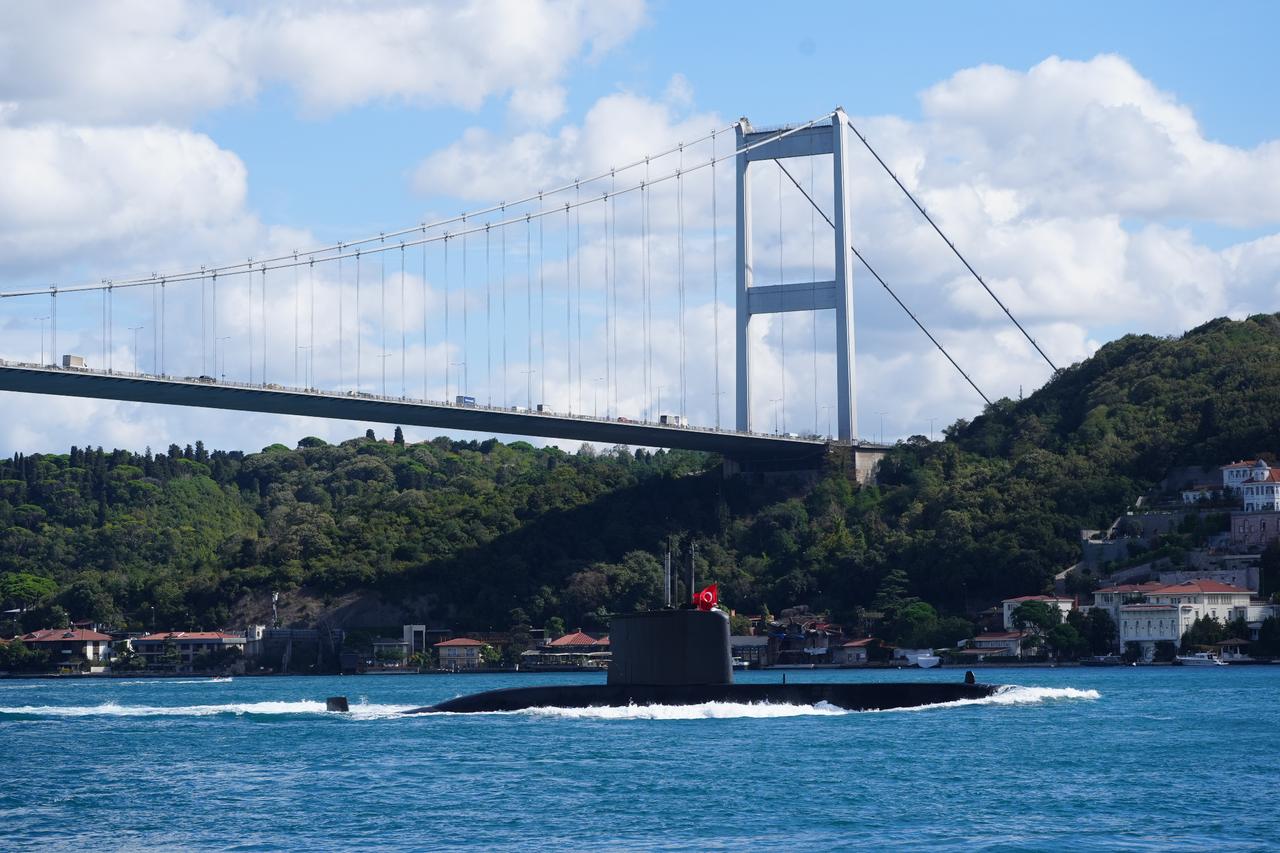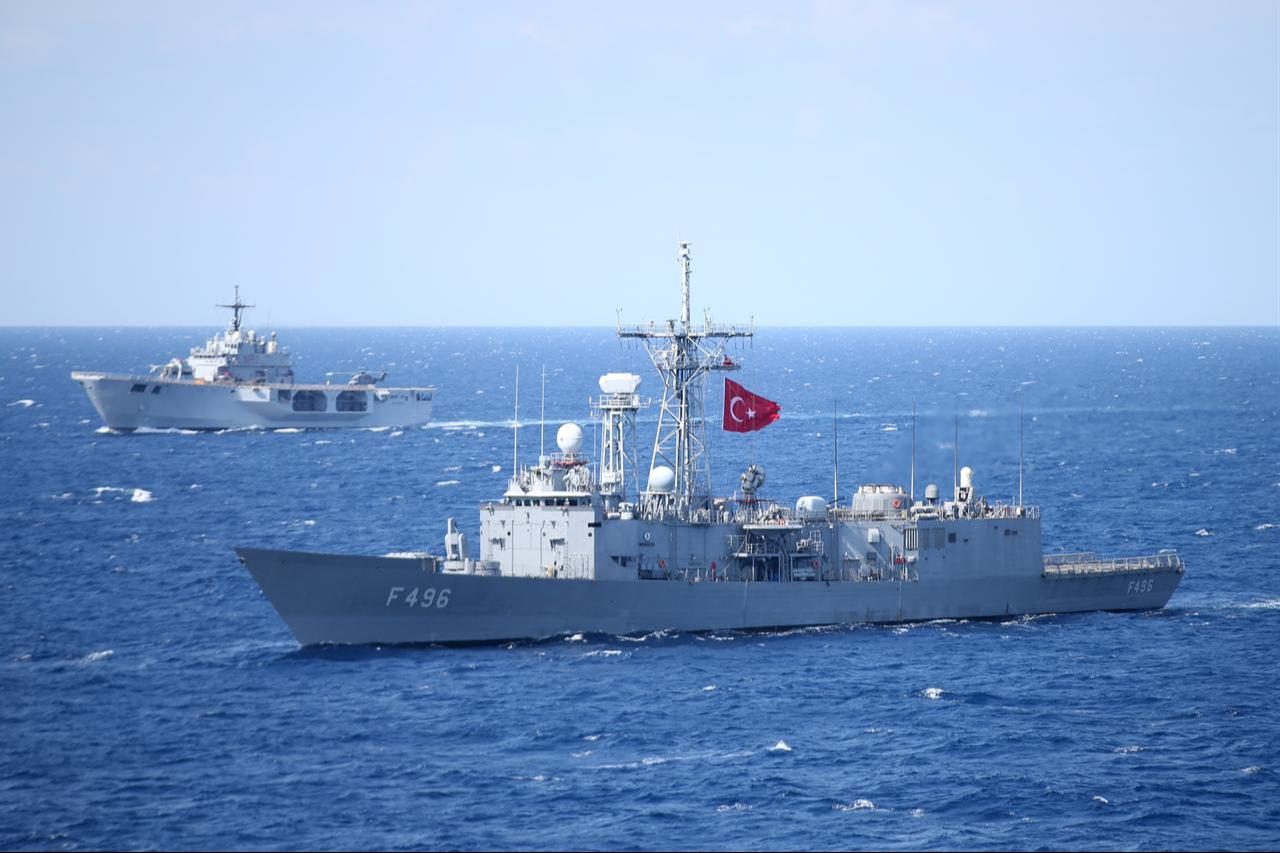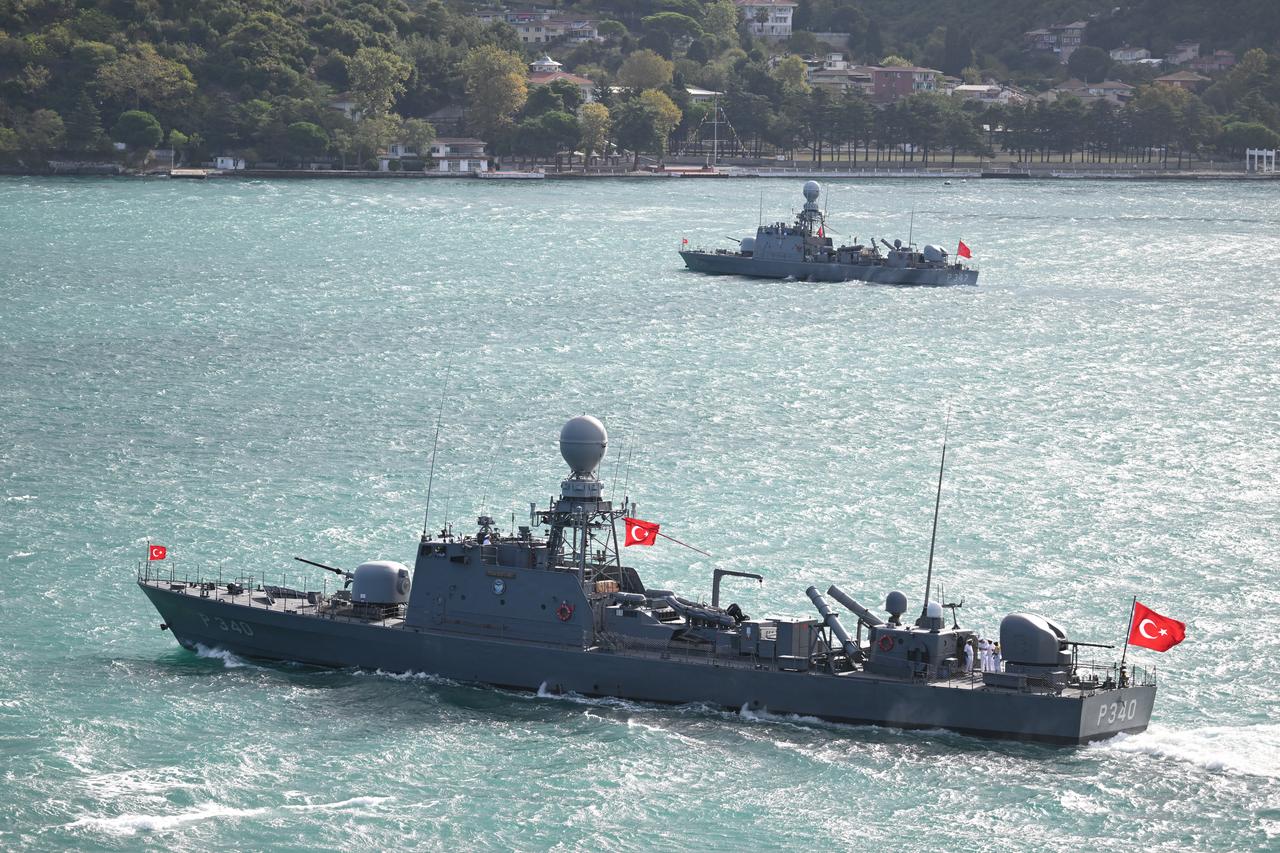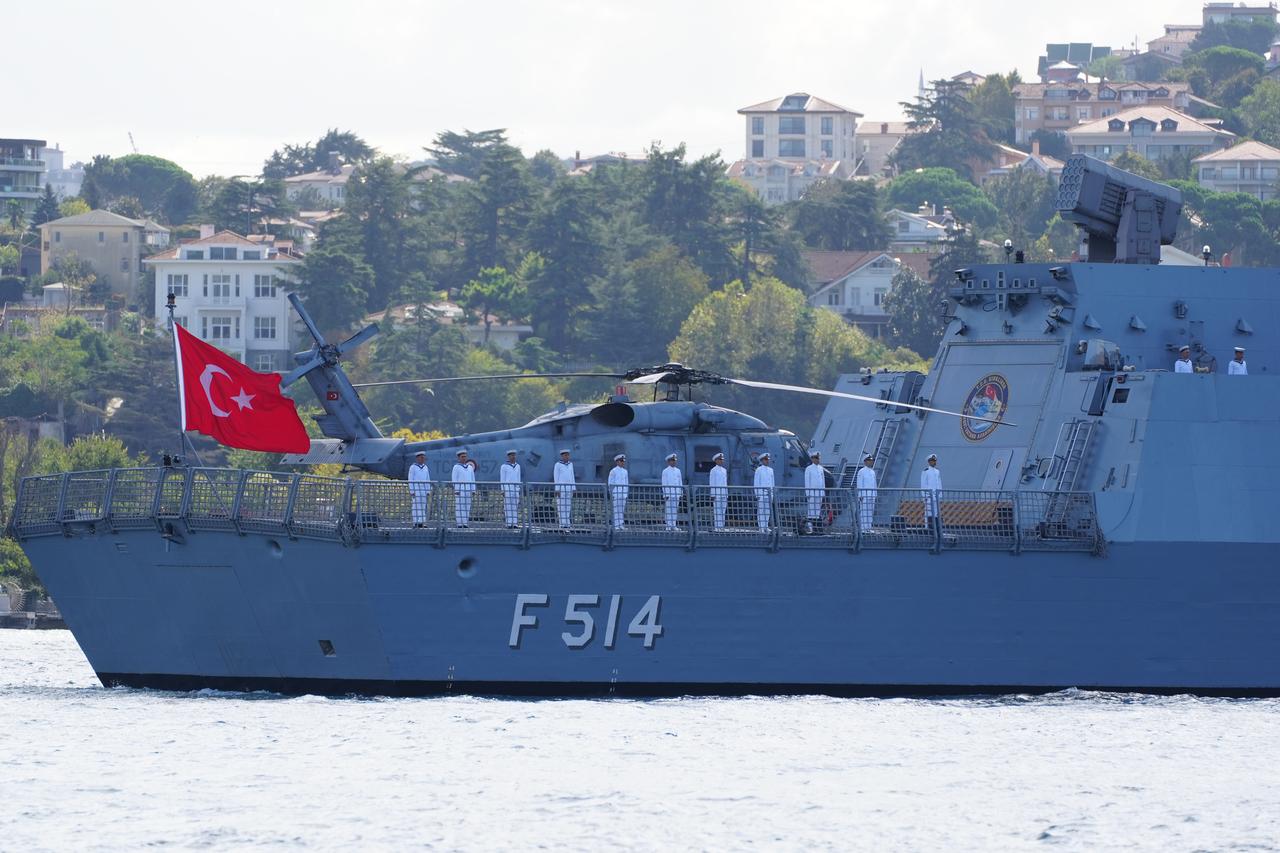
The Turkish Navy is "more of an asset than a liability" for NATO, according to a June 2024 study by France's Institute for Strategic Research, which highlights Türkiye's role in the Black Sea, its depth of manpower and modernization programs.
The study, published by IRSEM at École militaire in Paris and authored by naval officer CC Mayeul Pappens as IRSEM Étude n°117, frames Türkiye's contribution through geography, capacity and alliance integration.
IRSEM underlines that Türkiye has effectively controlled access to the Black Sea under the Montreux Convention since Russia's 2022 invasion, according to the report.
As a result, Türkiye has been the only sizeable NATO navy operating there, a factor the report treats as a concrete advantage for allied posture and deterrence.

Beyond geography, the study points to manpower depth, fleet tonnage and broad mission profiles as positive variables, according to the report.
It also stresses practical interoperability, citing regular Turkish participation in NATO maritime groups and exercises.
Interviews referenced in the report describe Turkish naval personnel as well-organized and reliable, with officer training aligned to Western standards, according to the document.
Modernization is the second pillar, the study said.
Programs spanning new surface combatants, submarine upgrades, and the rapid uptake of unmanned surface systems are seen as capability multipliers over the medium term, particularly relevant to contested littorals.
The report adds caveats. Parts of the fleet remain aging, and some high-end mission sets lack sustained experience, which can dilute combat readiness until new platforms and crews mature, according to the study.
The study also notes political-strategic variables, including tensions with allies or regional rivals, that could complicate alliance management if not carefully handled.
IRSEM explicitly lists two critical gaps in a capacity table: aircraft carriers and nuclear-powered submarines, or sea-based nuclear strike capability, according to the report.
Those fields are shared only by a handful of nations, including the United States, France, the United Kingdom, Russia, China and India.

The paper highlights that the "Blue Homeland" (Mavi Vatan) policy may make certain NATO allies uneasy when articulated in overly broad or unilateral terms, even as it strengthens national maritime awareness and operational commitment, according to the study.
IRSEM said the doctrine's focus on self-reliance and maritime sovereignty has raised Türkiye's naval goals.
However, if it is misread politically, it might make it harder for the alliance to work together and for diplomacy in the region, the report said.
The research suggests that NATO balances strong language with clear communication to preserve confidence and unity, according to the document.

By 2030, the Turkish Navy is expected to operate 12 diesel submarines, including six or seven with air-independent propulsion, according to the report.
The fleet will consist of 16 frigates, nine corvettes, 34 patrol vessels and 11 mine hunters.
The naval aviation component will comprise 43 helicopters, six maritime patrol aircraft, and 14 drones, with an additional 30 to 50 Bayraktar TB3 drones projected for the Anadolu amphibious assault ship, according to the study.
The report notes the Turkish Navy participated in 10 major NATO exercises in 2021 and 2022, including Dynamic Mariner, Baltops and Dynamic Manta operations across the Mediterranean, Atlantic and Baltic seas.